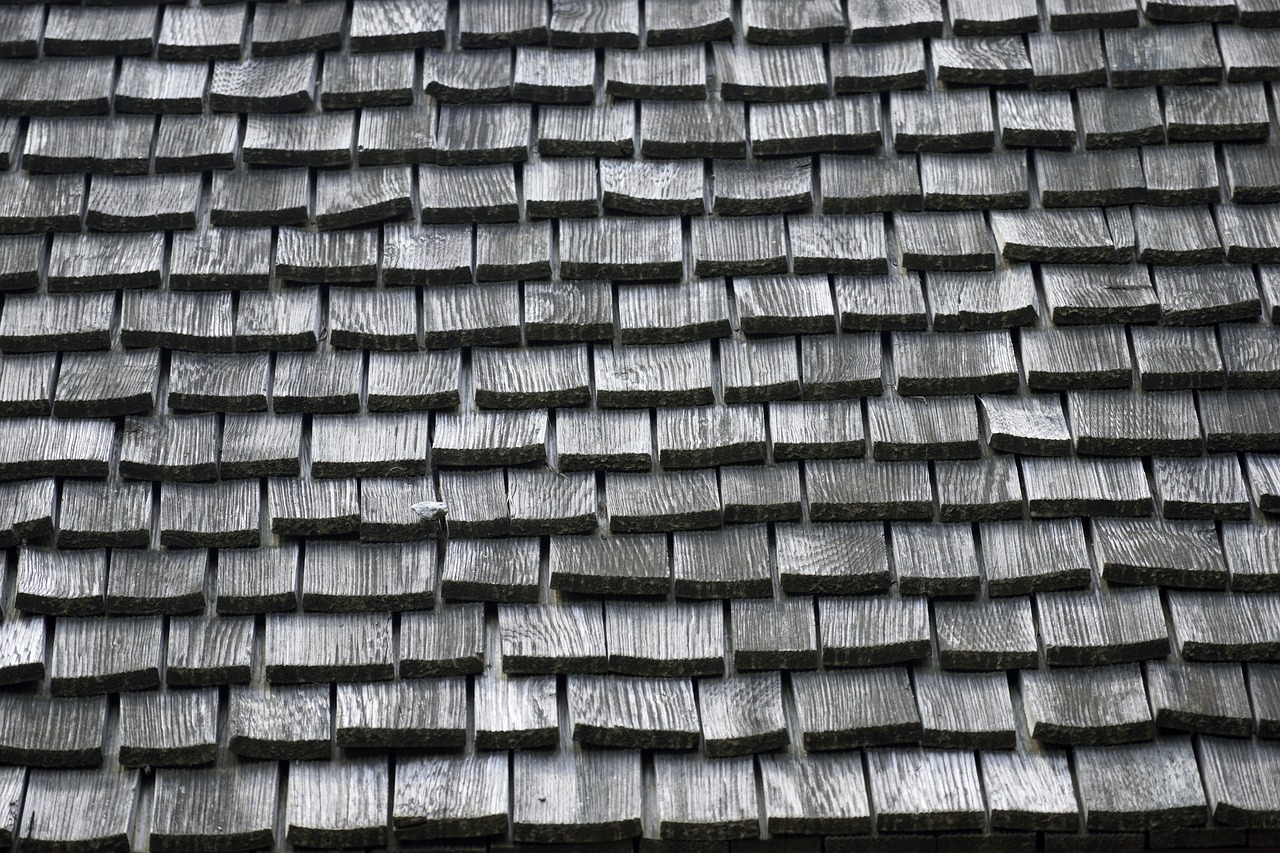Eco-Friendly Materials: Going Green
When opting for sustainable materials in construction and manufacturing, companies can significantly reduce their carbon footprint and help combat climate change. By using eco-friendly materials like bamboo, recycled plastic, or reclaimed wood, businesses can lower their environmental impact and contribute to a more sustainable future for generations to come.
Another benefit of utilizing sustainable materials is the improvement in indoor air quality. Traditional building materials can contain harmful chemicals and emit volatile organic compounds (VOCs) that are detrimental to human health. Switching to eco-friendly alternatives can create a healthier indoor environment by reducing exposure to these toxins and promoting better overall well-being for occupants.
Types of Eco-Friendly Materials
When it comes to eco-friendly materials, bamboo stands out as a popular choice due to its fast growth rate and renewability. This versatile material can be used in various applications such as furniture, flooring, and even clothing. Its natural antibacterial properties and durability make it a sustainable alternative to traditional materials.
Another eco-friendly option is cork, which is harvested from the bark of cork oak trees without causing harm to the trees themselves. Cork is a lightweight and water-resistant material that is commonly used in flooring, insulation, and even fashion accessories. Its unique texture and eco-friendly production process make it an attractive choice for those looking to incorporate sustainable materials into their projects.
Impact of Eco-Friendly Materials on the Environment
Eco-friendly materials play a crucial role in reducing the negative impact on the environment. By opting for sustainable options such as bamboo, recycled glass, or organic cotton, we can decrease the exploitation of natural resources and minimize waste generation. These materials are often biodegradable or recyclable, leading to a significant reduction in landfill waste and pollution levels.
In addition, the production and usage of eco-friendly materials contribute to lower carbon emissions, helping combat climate change. Choosing renewable materials like cork or reclaimed wood over traditional options not only helps in preserving forests but also promotes sustainable practices within industries. Overall, the adoption of eco-friendly materials paves the way for a greener and more environmentally-conscious future.
What are the benefits of using sustainable materials?
Using sustainable materials helps reduce environmental impact, conserve natural resources, and decrease greenhouse gas emissions. It also promotes a healthier environment for both humans and wildlife.
What are some examples of eco-friendly materials?
Examples of eco-friendly materials include bamboo, cork, recycled glass, reclaimed wood, organic cotton, and hemp. These materials are renewable, biodegradable, and have a lower carbon footprint compared to traditional materials.
How do eco-friendly materials impact the environment?
Eco-friendly materials have a positive impact on the environment by reducing pollution, conserving energy, and promoting sustainable practices. They help protect ecosystems, preserve biodiversity, and mitigate climate change.
Can using eco-friendly materials help combat climate change?
Yes, using eco-friendly materials can help combat climate change by reducing carbon emissions, promoting carbon sequestration, and encouraging sustainable production and consumption practices. By choosing eco-friendly materials, individuals and businesses can contribute to global efforts to address climate change.







